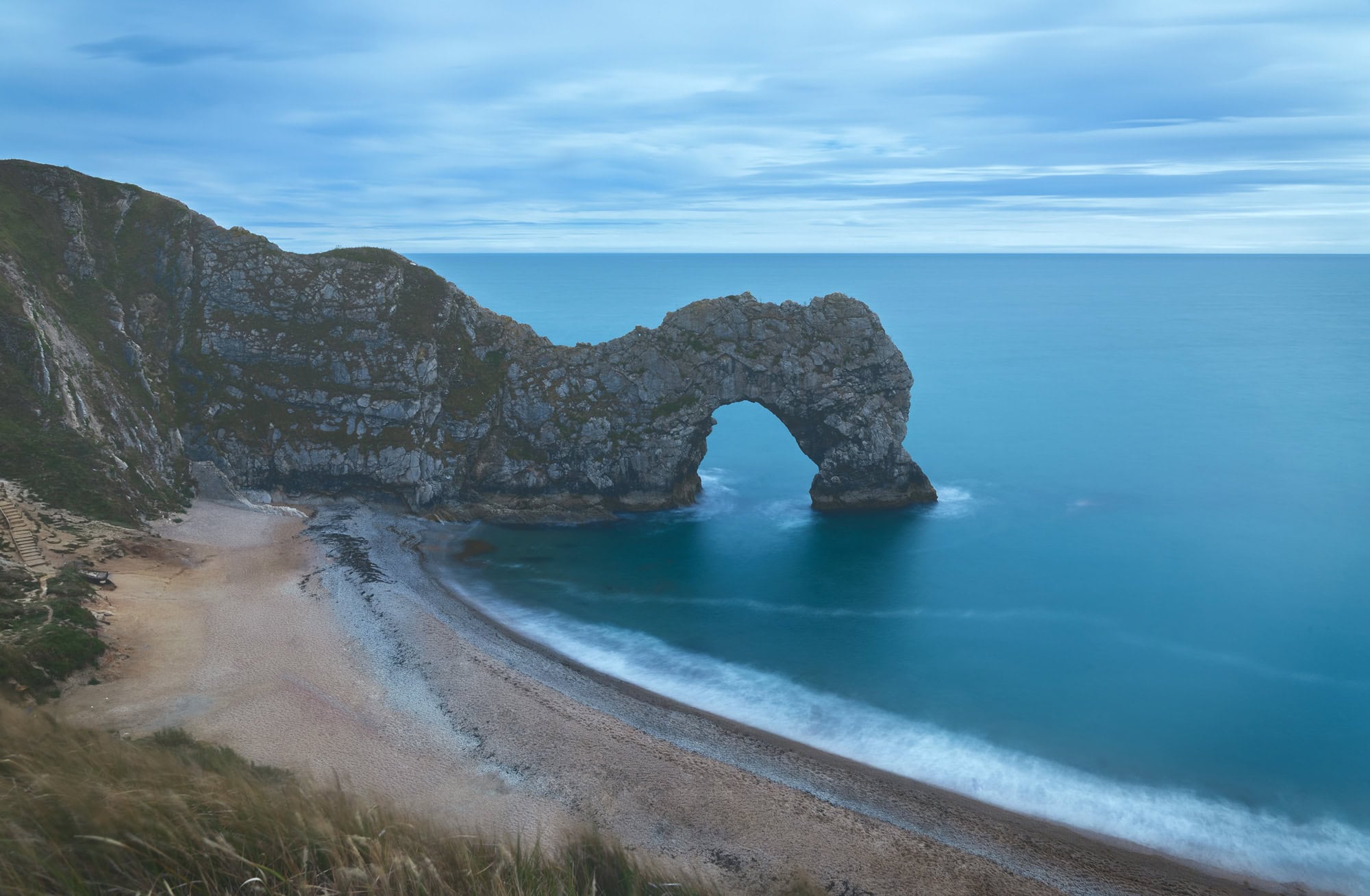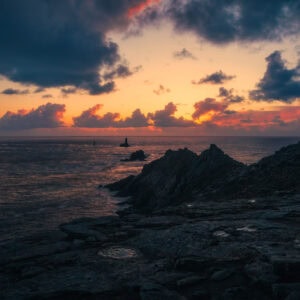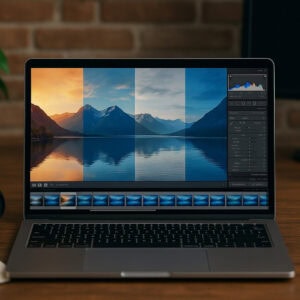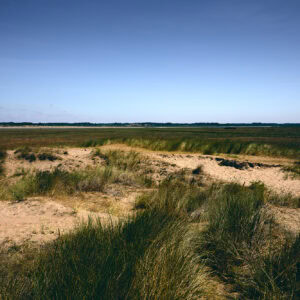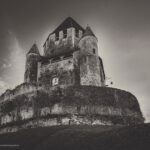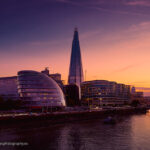Is photography an art form? The question seems eternal, but it takes on a particular resonance in a world saturated with images. In the age of social networking, where everyone becomes a photographer in a few clicks, it's legitimate to ask whether photography is about creating, or simply capturing. Between philosophy, aesthetics, testimony and expression, the answer is richer than it seems - especially for those of us who photograph nature, travel and the fragile moments of the living world.
1. Slow but sure recognition
In the XIXᵉ century, photography was far from being considered a noble art; it was often relegated to the status of a banal technique or simple reproduction . It was not until the creation of the Photo-Secession movement (1902-1917), led by Alfred Stieglitz, that photography could be an artistic expression in its own right .
2. A medium for creativity
Like painting or sculpture, photography can mobilise a strong aesthetic vision. The composition, the light, the framing and the emotional message all point to a conscious artistic expression. As the photographer modestly puts it : "It's the personal vision and stylistic choices (lighting, colours, depth of field) that make the difference".
3. Is photography a simple capture?
One of the most simplistic arguments against the idea of photography as art is based on a fundamental confusion: confusing the act of capturing with the act of creating. For some, the photographer simply 'clicks' on a button, whereas the painter, sculptor or musician 'makes' a work from start to finish. This view likens the camera to a photocopier, completely ignoring the role of intention, the eye and the aesthetic choice.
But every shot is a selection. The framing isolates a portion of the world. The light, chosen or expected, shapes the atmosphere. The moment triggered expresses an emotion. So there is interpretation, subjectivity, point of view.
Even in documentary or journalistic photography, often cited as "proof that photography is not art", each image reflects a vision. Why this image and not another? Why this framing, this distance, this focal point? That's where art really begins: when human beings interpret reality with meaning and emotion.
4. The contribution of philosophy to photography
a. "Ça a été" - Roland Barthes (La Chambre claire, 1980)
Barthes highlights the essence of photography: it certifies that a subject existed. Emotion is born of this presence frozen in time. In this way, photography becomes a bridge between life and what was, inspiring nostalgia, reflection and meditation.
b. "Aura" and reproducibility - Walter Benjamin
Benjamin explains that technical reproduction, like photography, takes away the unique 'aura' of the work of art. But this loss also opens up a new dimension: art becomes accessible, shareable and potentially democratic.
5. Not every photograph is a work of art
Acknowledging that photography can be an art form does not mean that every photograph is an art form. The same applies to painting and music: not every painting or song is a masterpiece. A passport photo, a product image or a snapshot taken by machine are not the same thing as a Fine Art print exhibited in a gallery.
Art implies a process: intention, narration, emotion, style. A banal image can sometimes become artistic through its context or its treatment, but this requires an eye and work. The photographer Annie Leibovitz, for example, transforms a portrait into a theatrical scene, revealing an intimate and unexpected facet of the subject. It is this symbolic and aesthetic depth that tips the image into the realm of art.
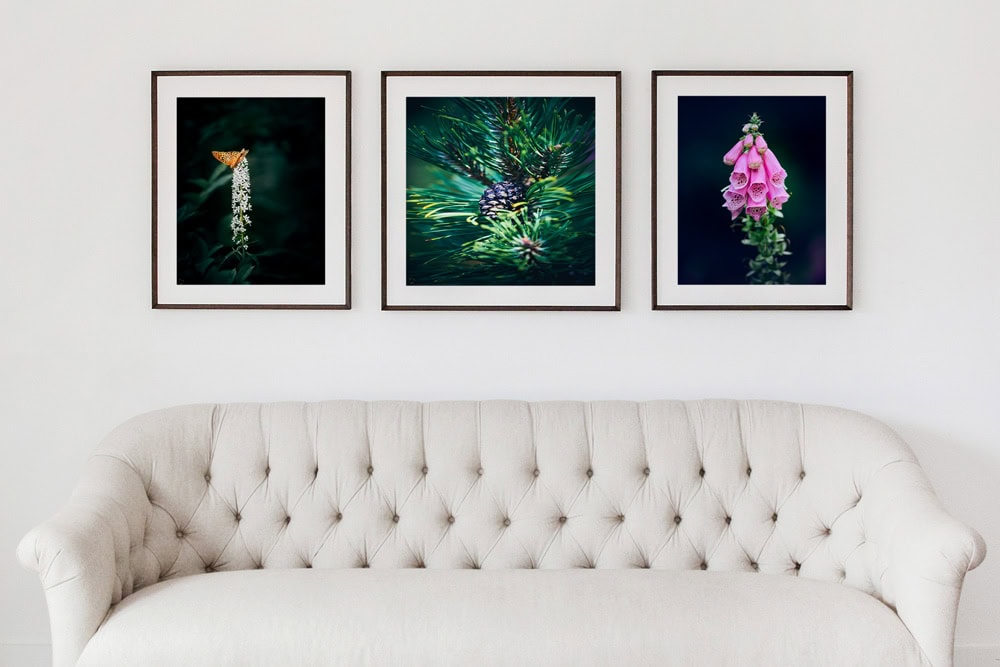
Conversely, a purely technical photograph, however perfect, can remain cold and soulless. Art begins when technique is placed at the service of an emotion or a vision. This is where the distinction comes into play: in the transition from simple shooting to artistic intent.
6. Digital, AI and authenticity: a new turning point
The digital revolution has brought unprecedented democratisation to photography. But this accessibility also raises doubts. If anyone can make beautiful images in a matter of seconds, where is the artistic merit?
Retouching software, automatic filters and artificial intelligence now make it possible to create 'perfect' images effortlessly... or almost. AI-generated portraits, entirely recomposed landscapes, altered skies, colours saturated to the point of unreality: some see this as a threat to art, others as a new frontier.
But here again, art is not just about the tool. It's not the camera that makes the work, but the person handling it. Even with AI, the intention, the choice and the emotion transmitted remain decisive. An image generated without meaning is not art. An image created with a digital tool, but with a profound vision, can be. (You can also read my article : AI and photo editing terrifying? )
This debate raises another philosophical question: what makes it work? Effort? Rarity? Or the ability to move us, to make us think, to fill us with wonder? Digital photographyfar from killing art, leads us to question the very nature of creation.
7. Four new perspectives to enrich the discussion
a. Photography as a dialogue between people and landscape
When a nature photographer turns on his camera, he's not just "taking a picture". He engages in a silent dialogue with a place, a light, an atmosphere. It is not raw reality that is captured, but a relationship between the subject and the photographer. In this face-to-face encounter with nature, each image becomes an inner reflection. In this sense, photography becomes a form of visual meditation, an art of presence in the world. That's exactly my personal vision. 🧐
b. The ecology of the image: photography as a conscious act
At a time when billions of images are produced every day, photography can become a futile gesture... or, on the contrary, a profound act. Adopting an image ecology means rejecting visual over-consumption and choosing to photograph sparingly, respectfully and slowly. In this way, each image becomes precious. It is thought, felt and adjusted. The artist is not the one who accumulates, but the one who chooses, who purifies.
c. Minimal intervention as the art of travel
When travelling, especially in the wilderness, intervening as little as possible becomes a virtue. Wait for the right light, don't disturb an animal, respect a sacred place: all at once ethical and artistic. The photographic art of the traveller often lies in its ability to take a back seat to better reveal. Letting the world speak, rather than imposing it. Capturing the moment, without forcing it. An art of withdrawal, of listening, of finding the right rhythm..
d. Collaborative photography: in the service of others
Finally, a new dimension is opening up: that of shared and inclusive photography. Photographing a village, a ritual, a face, is not just about making an aesthetic image. It also means conveying a message, a memory, an identity. When photographers return images to those they photograph, when they work with local communities or co-sign projects, the image becomes a bridge. Photography moves beyond the ego to become a relationship, a dialogue, a form of recognition. And that, too, is profoundly artistic.
8. Conclusion
Photography is an artIt is undoubtedly one of the youngest, but also one of the most powerful. It is not defined by its tool, or even by its medium, but by the way it looks and the emotion it conveys. Faced with a changing world, saturated with images, Returning to photography as a sensitive, thoughtful and committed act is perhaps one of the most beautiful artistic paths we can take.
On a trip, in nature, or in the simplest of everyday situations, a photograph can become much more than a memory: it can be a visual poem, a cry from the heart, an offering. And it is in this way, more than ever, that photography is an art.
For more personal reflections, I invite you to read the articles on this subject or if you want to travel a little, I invite you to my galleries.
Thank you for visiting and reading, and see you soon,
David

